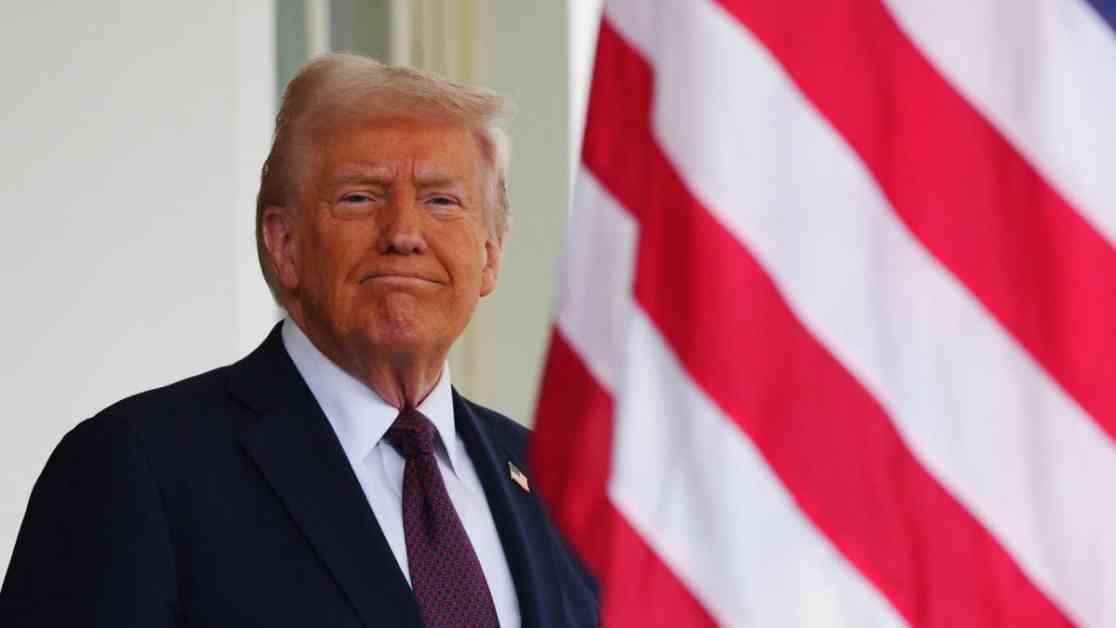President Donald Trump is set to make a significant move by signing an executive order designating English as the official language of the United States. This historical decision, as reported by three White House officials to CNBC, marks the first time a national language will be established in the country.
The executive order will not only declare English as the official language but also revoke former President Bill Clinton’s directive from August 2000. This directive required federal funding recipients to provide services for individuals with limited English proficiency. The fact sheet shared with CNBC highlights the intention behind Trump’s order, emphasizing the importance of encouraging new Americans to embrace a national language that can open doors to greater opportunities.
While the order will allow federal agencies to maintain their current language policies and offer services in multiple languages, its primary goal is to promote unity, civic engagement, and operational efficiency within the government. This decision comes at a time when more than half of U.S. states have already established English as their official language, reflecting a growing trend towards linguistic uniformity at the state level.
According to the U.S. Census Bureau, nearly 1 in 5 Americans, totaling approximately 68 million individuals, spoke a language other than English at home in 2019. This figure represents a significant increase from 1980, underscoring the linguistic diversity present in contemporary American society. By designating English as the official language, the White House aims to strengthen the social fabric of the nation and facilitate greater integration among its diverse population.
President Trump’s focus on language issues during his 2024 presidential campaign aligns with his broader rhetoric on immigration and national identity. He has frequently raised concerns about the influx of undocumented immigrants and foreign languages entering the country, framing them as challenges to American cultural norms. Trump’s emphasis on linguistic assimilation as a means of preserving national unity reflects his administration’s broader policy agenda on immigration and cultural integration.
As the executive order awaits the president’s signature, its implications for language policies in the U.S. are likely to spark debates and discussions across various sectors. The decision to establish English as the official language represents a significant departure from past practices and sets the stage for potential changes in how government services are delivered to diverse linguistic communities. By signaling a shift towards linguistic uniformity, the order raises questions about the balance between cultural diversity and national unity in the United States.
In conclusion, President Trump’s forthcoming executive order on the official language of the United States marks a pivotal moment in the country’s linguistic landscape. By formalizing English as the national language, the administration seeks to promote cohesion, efficiency, and opportunity for all Americans. As the nation grapples with questions of identity, diversity, and unity, the language policy debate is poised to play a central role in shaping the future of American society and governance.


